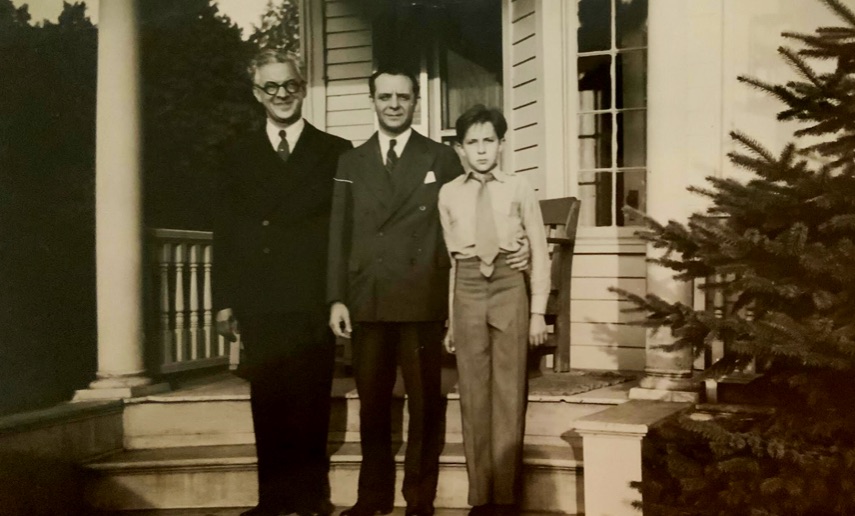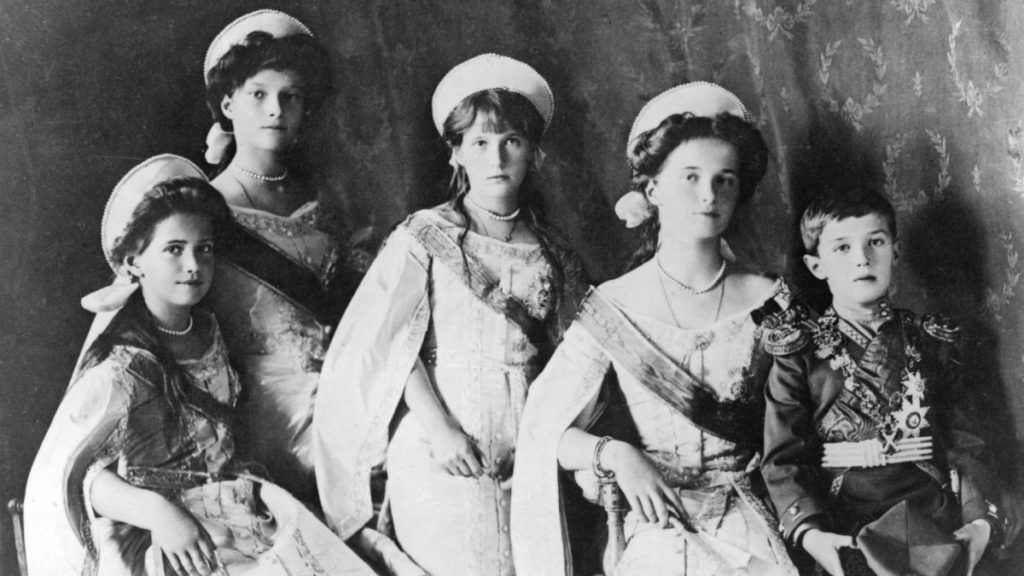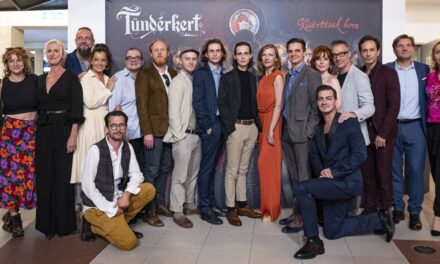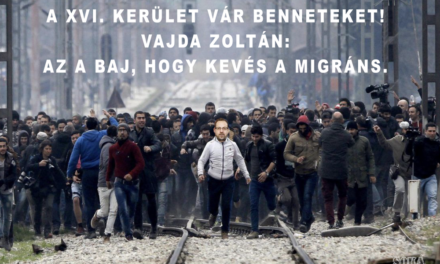The historian Zsuzsanna Borvendég's series was originally published on the PestiSrácok website, but there are certainly those who missed it. But those who haven't read all the parts should also read it again. Knowing the whole picture, can we understand how we got here?
There is an archetype for which the saying that you are either good or nothing is valid. He is the figure of the billionaire philanthropist, who has money under his skin, his informal power is priceless, since the world's leading governments compete for his favors and he regularly appears to defend certain values (read: interests) personally or through some organization.
The archetype of the philanthropist, Armand Hammer
According to the official and only narrative, he made his vast fortune through exceptional talent. His unparalleled genius is unquestionable. Of course, many of us ask the question, which real philanthropist ever got rich? After all, someone who dedicates his life to helping others cannot really accumulate a fortune in the billions - so there is an irreconcilable contradiction between these two things.
Armand Hammer was a true archetype: the epitome of the smeared, hypocritical and sardonic communist. Its history began with the birth of the Soviet Union and ended with its collapse, leaving countless stomach-churning stories for posterity. Let's see the beginnings now!
Armand's father, Julius Hammer, was born in Odessa, the son of a Jewish merchant. He was 16 when he and his family moved to the United States. It was here that he came into contact with radical and professional revolutionaries who, fleeing Tsarist Russia, built a worldwide network for themselves before the turn of the century. Borisz Reinstein , who, as a local leader of the labor movement, kept in touch with later Bolshevik leaders, including Lenin.
Julius became a committed activist, and together with his wife, they also participated in the financing of secret organizations. Moreover, he even had the opportunity to meet Lenin at a European congress. He first worked as an apothecary, then bought a drug store, which was soon followed by many others: the realization of the true American dream, they could say. However, the reality was more nuanced.

The Hammer family (image source: vanityfair.com)
Money laundromat disguised as a chain store
Hammer - who had also graduated from medical school in the meantime - was not one of the up-and-coming, grateful immigrants, but used a significant part of the income of his chain of stores to finance subversive communist organizations. With this, he became involved in an international blood circulation, where he himself began to grow by supporting smuggling and other illegal operations: by the time the First World War broke out, he already had eighty employees, drivers and permanent staff - he became a true "socialist" man of the world. And his company network gradually became a money launderer for international gangs, and after the Bolshevik coup, Julius Hammer and his chain of stores became even more valuable.
In 1919, Lenin sent Ludwig Martens , the son of a German-born Russian manufacturer, to the United States as a diplomat, who had already done a great service to the party: he smuggled explosives, distributed leaflets, and established a factory in England where machine guns were secretly made for Lenin. However, he failed on the eve of the First World War, so he escaped from the British Secret Service and left for the United States, where he supported the operation of the organization by founding an export-import company: they carried out illegal financial maneuvers and smuggled everything that contained money - of course in close cooperation with the Hammer empire . After the Lenins came to power, Martens traveled home and was selected for the role of representing the party's interests overseas.
They traded in blood diamonds
After his return, he got in touch with Hammer and set him no less a task than to give financial advice and help in creating the economic stability of the nascent Bolshevik state. The US government did not recognize the power of the Lenins, so all Russian-owned accounts were frozen. Temporarily, they tried to get money by selling diamonds and other precious stones on the black market with the help of Julius Hammer (apparently they got the values by exterminating the Russian aristocracy), while they laundered the proceeds using drugstores. In the longer term, they had a significant goal in front of their eyes: they wanted to convince American big capital to invest in the Soviet Union.
The father, who went to prison, was replaced by his son who took over the business
By this time, Julius Hammer was already in the sights of the American defense, he was harassed and arrested, but he was not sent to prison because of his role as an activist: he was convicted because of a death after an abortion he had performed. After his imprisonment, it was left to his son to direct American capital to the Soviet Union.
Armand Hammer was born in 1898 and received the best education. With his parents, he was quickly raised as a committed socialist, while attending a high school that only the wealthy could afford. Following in his father's footsteps, he prepared to become a doctor himself, but he received his diploma in 1921, the year when the trip to Russia became due - in other words, he did not practice for a minute.

Ludwig Martens (image source: Wikipedia)
Martens and other prominent members of the international network organized the young tycoon's trip to the other side of the world. His task was to contribute to the creation of an economic construction aimed at encouraging large capitalist companies to invest in Russia.
Martens and Julius Hammer had already surrounded some business owners to arouse their interest in the opening opportunity. Among others, they also visited Henry Ford , who was known to be anti-communist, and even considered by some to be downright anti-Semitic. He is said to have been convinced that the fall of Czarist Russia and the rise of earthly evil to power was the result of some sort of Zionist conspiracy. Knowing this, it is a very interesting development that it was still available for the construction of a tractor factory.
In his own biography, Armand Hammer mentions that one of his uncles was the exclusive representative of the Ford factory in Russia even before the Bolshevik coup, so it is quite possible that family ties also helped to ensnare the car manufacturer.
Czarist second-class wheat - the benefactor
Armand arrived as an inexperienced young man in the civil war-ravaged and famine-stricken Soviet Union, where he soon began to be celebrated as a benefactor, because he had second-class wheat transported to the settlements along the Volga in exchange for a huge profit: he could ship tons of art treasures of the tsarist family to the other side of the ocean . Hammer later became a famous collector of art treasures, some pieces of his world-famous collection were even exhibited in Budapest in the 1980s, but few knew that he founded all of this by stealing corpses.
Cseka accompanied the American investor
Capital was raised by offering concession contracts: the nationalized industrial companies were handed over to investors in the form of leases, who started production on their own.
The first concession holder, of course, was Armand Hammer, who received the exclusive right to exploit the asbestos mines from the Lenins. While getting to know the stronghold of communism, he visited the most important cities of the empire. His companions were the top leaders of the Cseka, that is, the terrorist organization of the party, and even the concession committee - in which Hammer played a decisive role - was organized under the supervision of the Cseka. The young doctor's journey was accompanied by the cruelties of the frame boys, but apparently he had no moral reservations. While millions starved to death, he lived in luxury in the company of Bolshevik leaders and chose to his liking among the confiscated palaces of executed aristocrats. He eventually found a home in the house of jeweler Fabergé, acquiring many of his masterpieces for his collection.
The model ship of the executed tsarevich
made little Tsarevich Alexei The ship had the blood of an innocent boy attached to it, but Hammer unhesitatingly sold it years later to a murderer who wanted to express his gratitude to Franklin D. Roosevelt for granting him a presidential pardon. The toy of the young tsarevich, murdered by the Bolsheviks, became an ornament in the office of the American president. All the horrors and contradictions of the history of the twentieth century appear condensed in this symbolic moment.

The Bolsheviks massacred the Tsar's innocent children (Image source: Wikipedia)
And the big investor was born
Hammer rendered an extremely important service to the Bolshevik party, and he made indelible merits in creating economic stability. In addition to inviting more than forty large entrepreneurs to the Soviet Union, they defended the US embargo by using the company network created by his father: until the United States refused to recognize the Bolshevik takeover, they were able to solve trade and deliveries under the cover of drugstores.
Young Armand returned to his native country as a seasoned businessman and determined his success for the rest of his life by knowing that the red octopus was behind him. During the alcohol ban, he forged whiskey from cheap vodka, then became an oil baron, and during the entire period of the Cold War - in addition to propagating peaceful coexistence - the division of the bipolar world was profitable for him.
In the 1970s and 1980s, he appeared in Hungary as well, negotiating with János Fekete, the powerful deputy president of the Magyar Nemzeti Bank, and György Aczél, the almighty lord of culture. Although we can only guess about his intentions, it was certainly not humanism and love of humanity that called him to our country.
Source: PestiSrácok
Author: Borvendég Zsuzsanna












